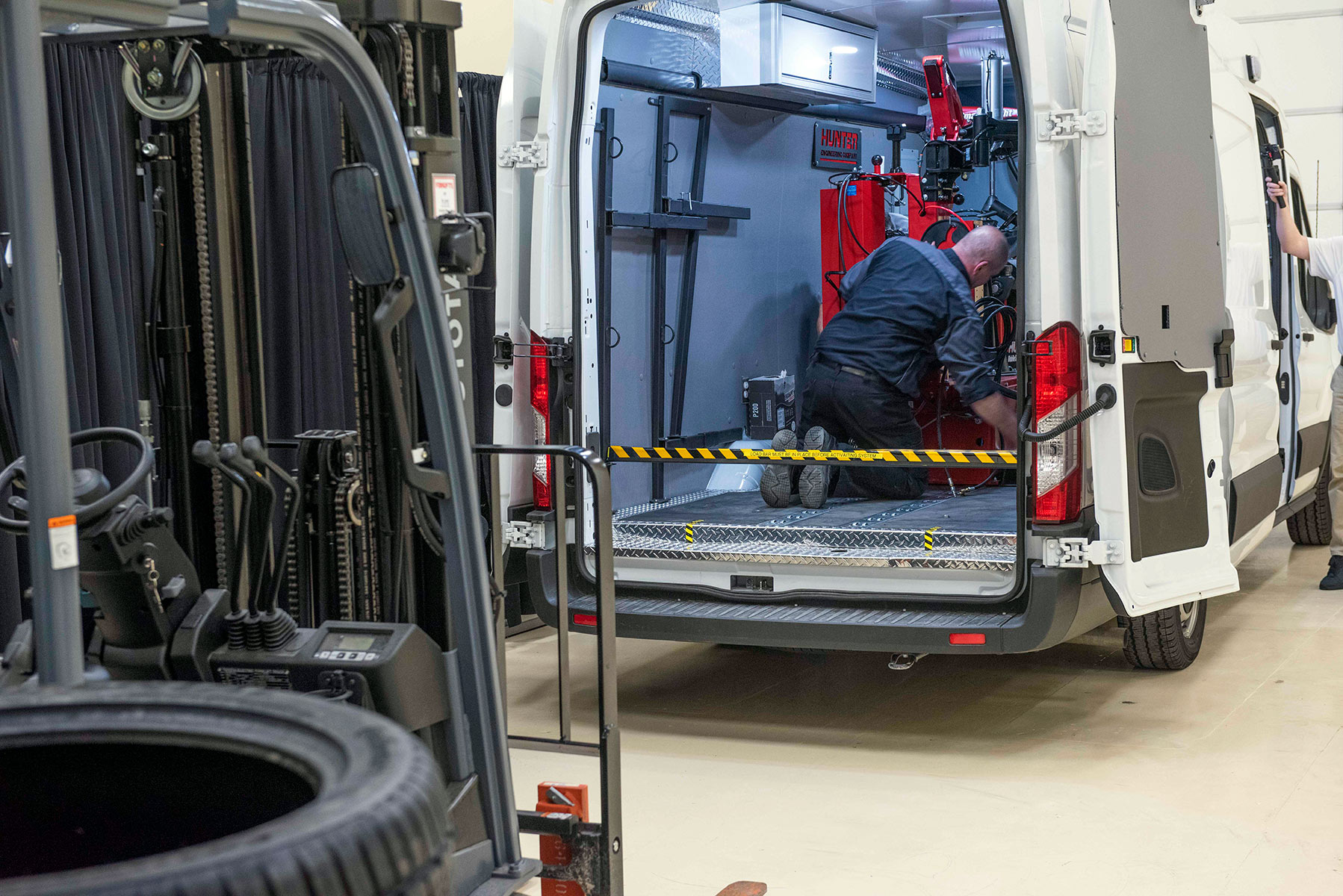Quick Action Mobile Tire Change Service in Las Vegas
Quick Action Mobile Tire Change Service in Las Vegas
Blog Article
Tire Solution: Proven Methods for Optimal Tire Maintenance and Treatment
From making sure proper tire stress to regular rotation and placement, there are tried and tested approaches that can significantly extend the life-span of your tires and boost total driving experience. Allow's delve into the world of tire solution and find the tricks to keeping your tires in superior form for the lengthy haul - Mobile Tire Service Las Vegas.
Relevance of Tire Pressure
Proper tire stress is a crucial factor in ensuring ideal automobile performance and safety when driving. Keeping the recommended tire pressure levels provided by the supplier supplies many advantages. Sufficient tire pressure promotes far better fuel effectiveness, as under-inflated tires can lead to raised rolling resistance, creating the engine to work more challenging and eat more fuel. Correct tire pressure guarantees even tread wear, boosting tire longevity and saving money in the lengthy run by delaying the demand for premature replacements. In addition, appropriately blew up tires add to enhanced handling and stopping capacities, essential for risk-free driving in numerous roadway problems. Over-inflated tires, on the various other hand, can result in reduced traction and a harsher ride. Conversely, under-inflated tires are susceptible to getting too hot, which can bring about accidents and blowouts. Consistently checking and readjusting tire pressure, particularly eventually journeys, is a basic yet efficient means to enhance car efficiency, prolong tire lifespan, and focus on safety on the roadway.
Tire Turning Standards
When taking into consideration tire rotation guidelines, it is important to understand the significance of this upkeep task in maximizing tire life-span and maintaining ideal vehicle performance. Tire rotation involves altering the position of each tire on an automobile to ensure even step wear. Front tires often tend to wear quicker than back tires as a result of steering forces, making regular rotation vital for well balanced wear patterns. The recommended rotation pattern varies depending on whether a car is front-wheel, rear-wheel, all-wheel, or four-wheel drive. Normally, tires ought to be revolved every 5,000 to 7,500 miles, or as encouraged in the vehicle handbook. Overlooking tire turning can cause unequal wear, impacting handling, traction, and possibly compromising lorry security. By sticking to appropriate turning guidelines, vehicle drivers can prolong the life of their tires, improve fuel efficiency, and improve total driving experience. Routine rotation is a straightforward yet efficient upkeep practice that adds dramatically to tire long life and car efficiency.

Advantages of Wheel Positioning
Making sure proper wheel alignment after tire turning is critical for maintaining balanced wear patterns and making best use of lorry efficiency. Wheel positioning describes the adjustment of the angles of the wheels to the supplier's specifications. One of the crucial advantages of wheel placement is improved handling and guiding feedback. When the wheels are effectively aligned, it minimizes guiding find out initiative, making certain a smoother and more regulated driving experience. In addition, proper wheel alignment aids to expand the lifespan of your tires. Misaligned wheels can trigger uneven tire wear, resulting in premature tire substitute and raised upkeep costs.

Tire Footstep Depth Examine
Carrying out a routine examination of tire step depth is important for preserving risk-free driving problems and prolonging the life-span of your tires. The step on your tires plays a critical role in providing grip, particularly in unsafe or damp conditions. To inspect your tire tread depth, you can make use of a walk depth gauge or the dime examination. The advised tread deepness is at least 2/32 of an inch. It is time to replace your tires to ensure optimum efficiency and security on the roadway if the step depth is below this limit. Irregular tread wear can show problems with tire pressure, placement, or suspension, highlighting the significance of routine tread depth checks. Neglecting to monitor and maintain correct step depth can cause decreased hold, longer stopping distances, and an increased threat of hydroplaning. By including tire step depth look into your routine maintenance schedule, you can drive with confidence understanding that your tires remain in leading condition.
Seasonal Tire Assessment
A comprehensive analysis of tire condition customized to details weather condition problems is vital for preserving optimum performance and security throughout the year. Seasonal tire assessment is an essential facet of tire maintenance that makes certain tires prepare to deal with the obstacles presented by different weather. In prep work for winter months, it is vital to check the tire stress frequently as cool temperature levels can create tire stress to drop. Examining tire walk deepness is likewise important to make certain ample traction on snow and ice-covered roadways. Additionally, examining for indications of damage, such as bulges or fractures, can assist avoid prospective tire failings. As the periods try this out modification, it is necessary to evaluate special info tire condition and make any kind of needed modifications to ensure secure driving. By carrying out regular seasonal tire assessments, drivers can prolong tire lifespan, improve fuel efficiency, and most notably, guarantee a protected driving experience in differing weather condition conditions - Mobile Tire Replacement Las Vegas.
Conclusion
In verdict, maintaining appropriate tire pressure, turning tires on a regular basis, lining up wheels properly, checking tread deepness, and performing seasonal assessments are crucial techniques for optimum tire care. By following these proven techniques, chauffeurs can guarantee their tires last much longer, do far better, and add to general car safety and security. It is essential to prioritize tire upkeep to avoid mishaps, enhance fuel efficiency, and lengthen the life expectancy of tires.
Appropriate tire stress promotes better fuel effectiveness, as under-inflated tires can lead to increased rolling resistance, creating the engine to work harder and eat even more gas.When considering tire rotation standards, it is essential to understand the importance of this maintenance task in taking full advantage of tire life expectancy and keeping optimal lorry performance. Seasonal tire assessment is a fundamental facet of tire upkeep that ensures tires are all set to face the challenges positioned by various climate conditions. By performing regular seasonal tire examinations, vehicle drivers can prolong tire life expectancy, improve fuel effectiveness, and most notably, guarantee a safe driving experience in differing weather condition conditions.
In conclusion, keeping appropriate tire pressure, turning tires on a regular basis, aligning wheels correctly, keeping track of walk depth, and performing seasonal assessments are important practices for optimal tire care.
Report this page